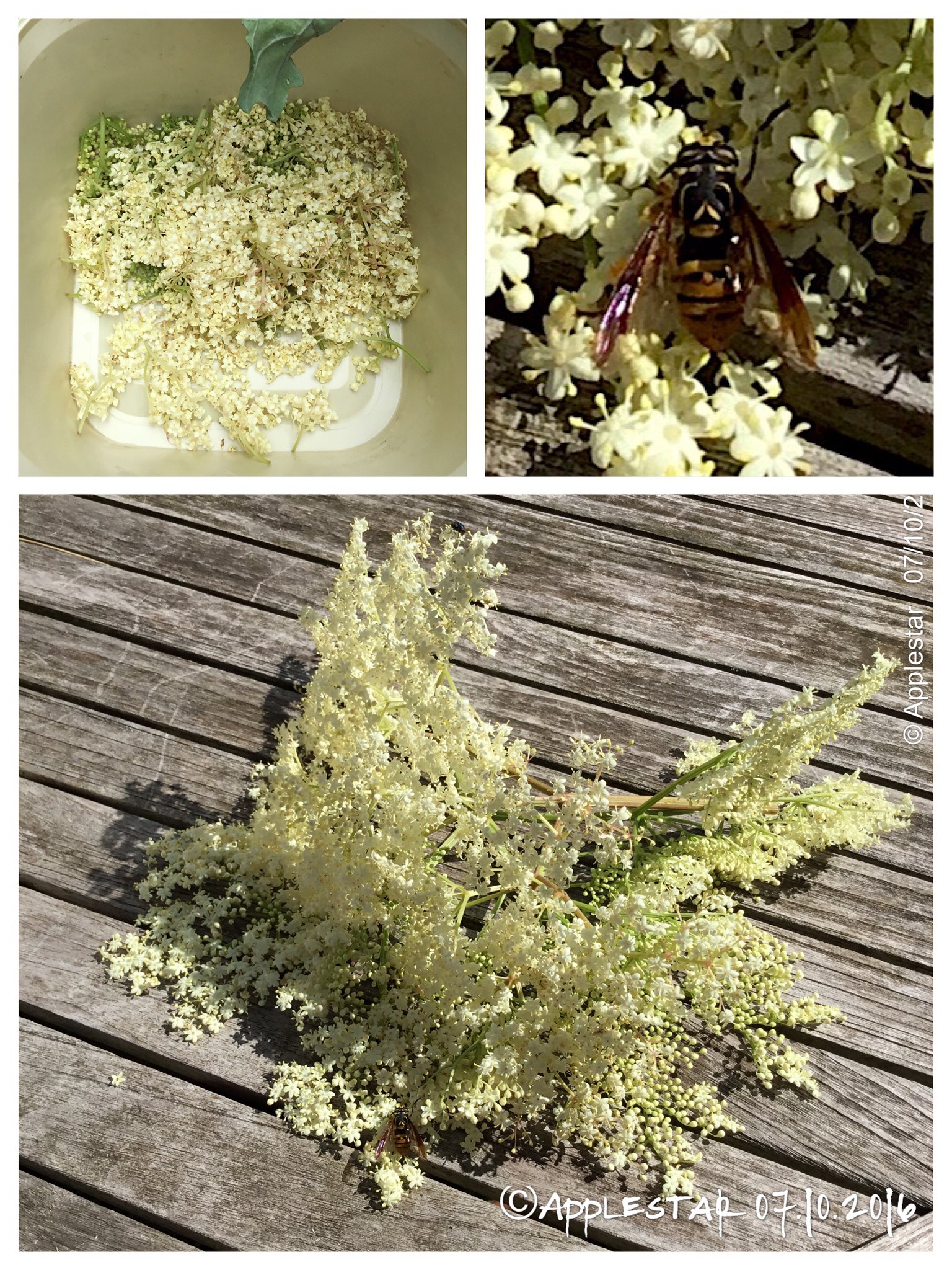IPM = Integrated pest management. The goal of integrated pest management is to grow healthy plants by managing the ecosystem using a common sense approach to pest management. IPM focuses on long-term prevention of pests or their damage through a combination of techniques such as biological control, habitat manipulation, modification of cultural practices, and use of resistant varieties.
1. Plant selection: Choosing the right plant for the right place
2. Optimize plant health. Healthy plants make poor targets. Make sure plants get enough water, nutrition, air, light and are suitable for your location.
3. Scouting plants and look for early signs of pests or disease
4. Identify the problem and select the least toxic intervention (Hand picking, pruning out diseased parts or removal of unhealthy plants, water to blast off pests and watering at the proper time of day to reduce disease. Select resistant cultivars. Make sure plants are spaced properly and are appropriate for the location, soil type, light and plant at the appropriate time of year. Light and reflective mulches can deter some night feeding insects. Sometimes planting slightly off season and rotating plant families if you have problems can reduce pest pressure. Select plants that grow well together and interplant with hosts for beneficial insects. Use the least toxic methods that works. If you must use chemicals, read and follow the label instructions and try to isolate the plants to minimize impacts on beneficial insects ( remove buds at least 2 days before treatment and continue to disbud while the chemicals are active. Most beneficial insects feed on nectar and pollen. Take preventive measures to control fungal diseases in humid and wet conditions.
5. Set a threshold for treatment. Give the predators time to control the pests. If you see pests are parasitized, do not treat.
Tolerate some damage, predators will leave if there is nothing for them to eat.
6. Build up a healthy garden patrol by providing habitat and nectar and pollen plants as well as host plants, nesting areas and water.
https://www3.epa.gov/pestwise/htmlpubli ... sheet.html
https://www.ctahr.hawaii.edu/sustainag/w ... ponics.pdf



